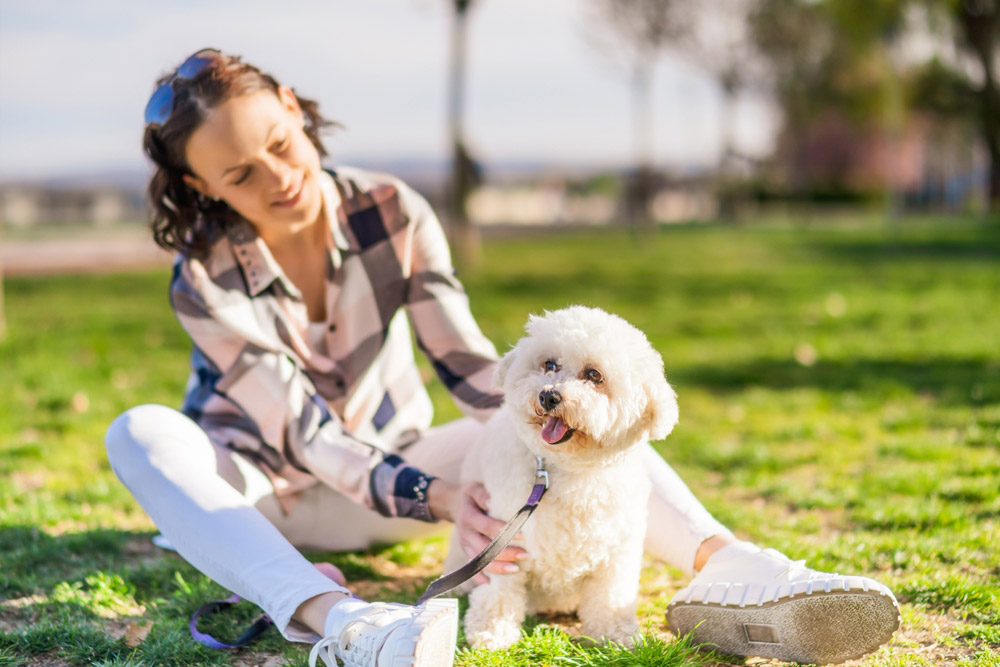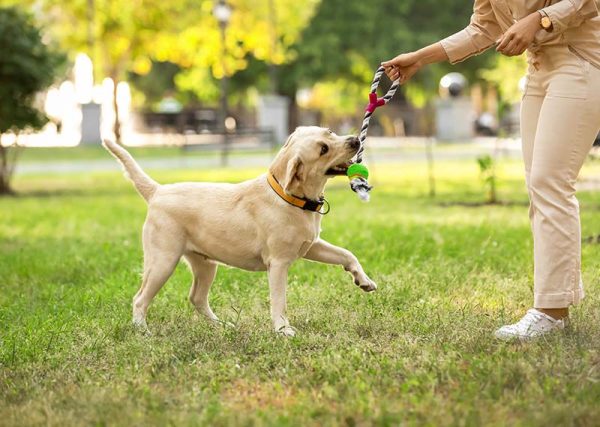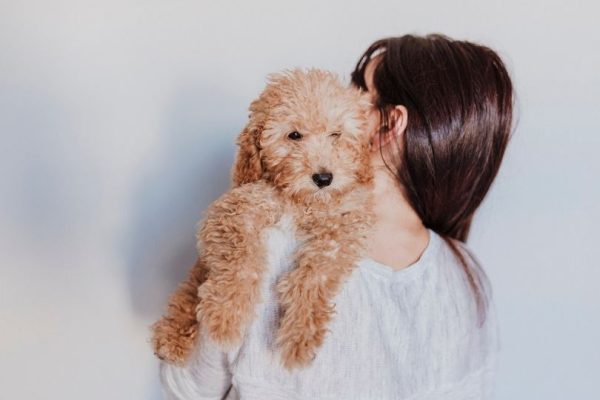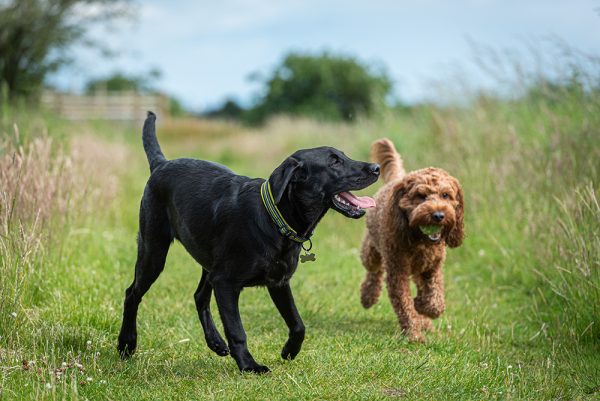Achoo! No one likes sneezing, runny eyes, or itching! We love our pups but don’t always love that dander—it’s a real trigger. So, what exactly does a dog lover do when the dog dander doesn’t love them back?
Try to fix it! There are tons of things allergy sufferers can do. In this article, we go over the essential tips you need to follow to try to coexist with a dog if you have allergies.

The 8 Tips for Living With Dogs When You Are Allergic
1. Don’t Rely on the Dog’s Breed
No dog is hypoallergenic. That is something not a lot of breeders will tell you. After all, many of these designer breeds these days are touted as being hypoallergenic, and totally suitable for allergy sufferers of any kind. This is just simply not true.
Every single dog produces allergens, the proteins responsible for triggering allergies in susceptible people. Allergens are present in dog’s dander (dead skin cells), saliva, urine, and blood.
As people who love pets, we have to urge you to be careful! Often, hybrid dogs are advertised as being hypoallergenic.
It is a very sad thing when owners are forced to rehome their dogs because of poor advertising on the breeder’s part, or poor research on the owner’s part. So, do your research, but dogs that are generally considered hypoallergenic are low-shedding breeds, which will reduce the amount of hair they release but not the amount of dander.
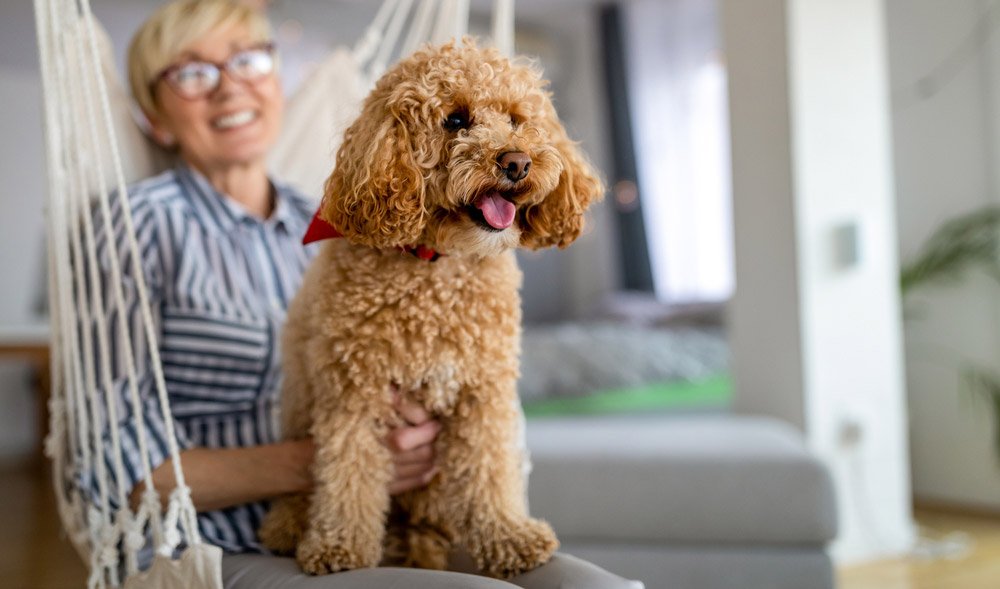
2. Consider a Home Makeover
It might be time to tear up that old carpet you’ve hated for years. Having a hardwood floor not only lets you see all of the dirt on the ground much easier, but it does not trap all of the dander and debris like carpet does. Granted, this might be costly in some cases. But it’s certainly something you can consider if you just can’t get over the sneezes.
You can also try to keep your dog out of carpeted rooms, such as bedrooms, to eliminate allergen exposure.
3. Keep Up With Good Housekeeping
Good housekeeping is a cardinal rule when you own any pet. If you suffer from allergies, this practice is even more important. The truth is our dogs are downright dirty sometimes! They are getting into the garbage, digging in the yard, and all sorts of other gross stuff.
Then they’re lying all over your belongings. You’re bound to get some cross-contamination. If you suffer from allergies, you’re going to want to wipe up every trace of your dog. Make sure that you are regularly washing linens, cleaning up fabrics, and sweeping furniture to remove these irritants.
You may also want to consider using HEPA air filters and air purifiers. These types of filters can help filter some of that dander out of the air so that you aren’t breathing it in.
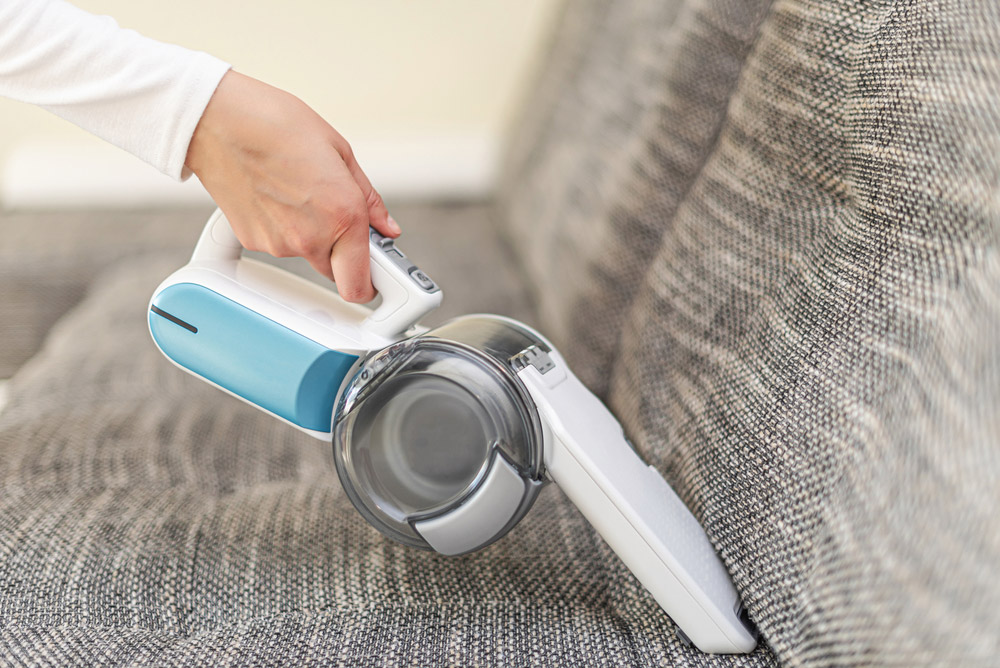
4. Practice Routine Grooming & Bathing
Brushing is a must, no matter the breed! Even if you have a very short-haired dog, it is always a good idea to get them acclimated to brushing early in life. Unless you have a hairless dog that doesn’t shed, brushing is a practice every dog owner should take up early on in the relationship.
Some dogs will actually enjoy it very much! The same goes for bathing, as getting your dog used to baths from an early age will make life much easier and is an excellent way of collecting all of the dead hair and dander that would otherwise fall onto your furniture, fabrics, and floors. A key part of grooming is to keep in mind that, whenever possible, a non-allergy sufferer should do it. If this is not possible, you should use a disposable mask to avoid worsening your allergy symptoms.
Although no dog is completely hypoallergenic, regular bathing can help reduce the amount of dander and other allergens in their fur and the air. We highly recommend Hepper's Oatmeal Pet Shampoo for this job!
At Dogster, we've admired Hepper for many years, and decided to take a controlling ownership interest so that we could benefit from the outstanding designs of this cool pet company!
For brushing, you can have several tools on hand to help, but the most useful depends on the coat type that your dog has. You can always consult your veterinarian or dog groomer if you are not sure which type of brush is best. For example, if your dog has a short coat, a bristle brush might work beautifully. However, if you have a dog that has a little bit of depth to their fur, you will want to use a slicker brush daily.
For heavy-shedding breeds, and the change of seasons, you can also use deshedding tools. These tools get to the skin, thoroughly removing any unwanted stray hairs and debris in the coat.
5. Give Non-Allergy Sufferers More Responsibility
Do you live with other people? Maybe you can negotiate the terms. If you have someone who doesn’t suffer from allergies in your home, you could always ask if they could take responsibility for some of the house cleaning and dog grooming.
If this is a spouse, they might already try to help out. But if it’s a roommate, you might want to sweeten the deal by helping out around the house in other ways.
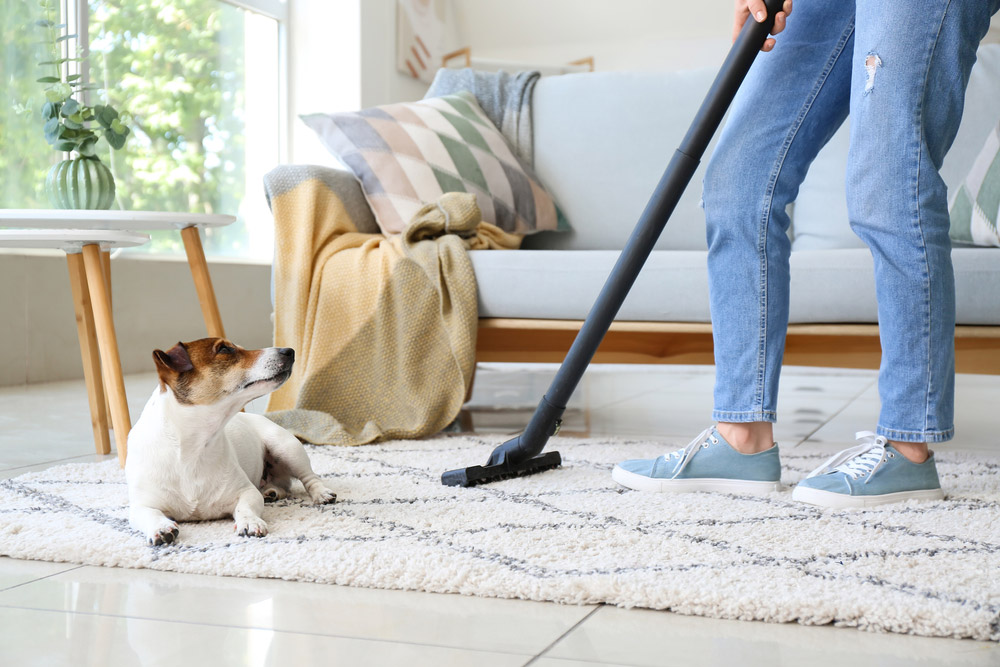
6. Keep Bedrooms Private
There’s nothing like a good snuggle from our adorable pups! However, your bedroom isn’t always the place to do that. You are laying your face directly on your fabric, where your dog is laying, and getting dander, fur, and all sorts of other irritants all over the place.
Even if they don’t directly sleep in your bed, sharing such an enclosed space in general can trigger unwanted symptoms. As mean as it sounds, you might have to eliminate access to keep your sanity and save your sneezes.
7. Train Your Dog Correctly
Dogs are highly trainable creatures that thrive when learning new tasks. You could easily teach virtually any dog to stay off of furniture or to steer clear of certain rooms to have an “allergy-free” zone in your home.
Then, they really don’t have a choice and you can still allow them some free space themselves. At first, restricting the home might feel like a punishment, but ultimately, it is going to enhance the relationship you have with your pooch.
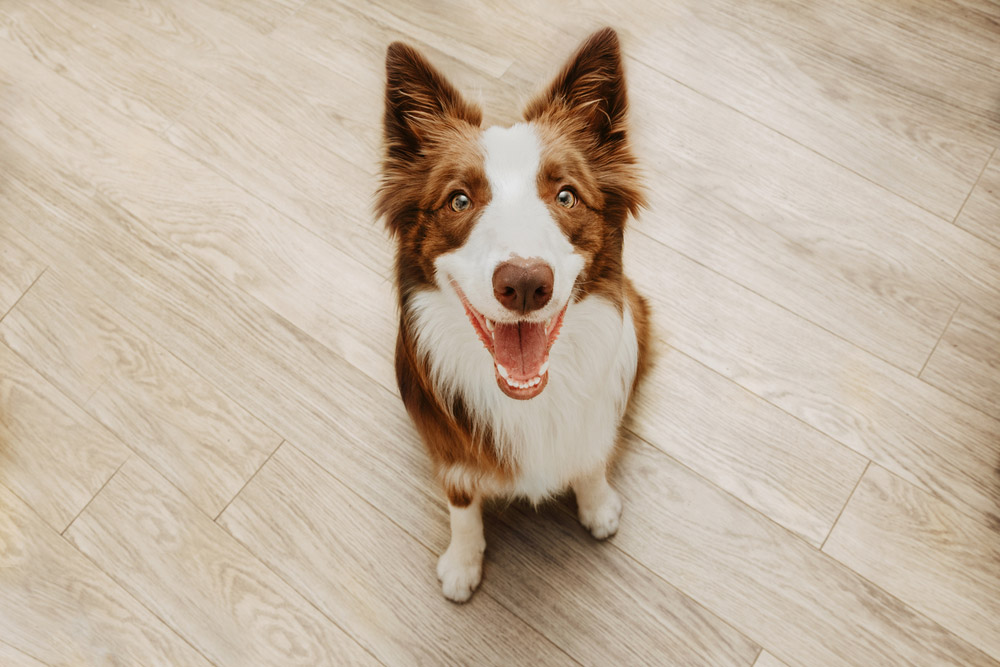
8. Talk With Your Doctor
If you have allergies to a dog but you really want to try keeping one as a pet, it is vital that you speak to your doctor about what your options are. They can let you know how severe your allergies are and if you are allergic to more things. Your doctor can create a treatment plan tailored for you, prescribe medications, give you allergy shots, as well as suggest other ways you can reduce dog allergens in your home.

Conclusion
Your health is the most important thing. Hopefully, we’ve given you some tips you can implement to make it easier for you and your pet to live together. It is important to know that, unfortunately, not everyone is able to do it, but you can give it a try with the guidance of your doctor. On top of taking the medication provided by a doctor if needed, you can try a few of these ideas out! We certainly hope you benefit from these tips!
Featured Image Credit: Mladen Mitrinovic, Shutterstock

